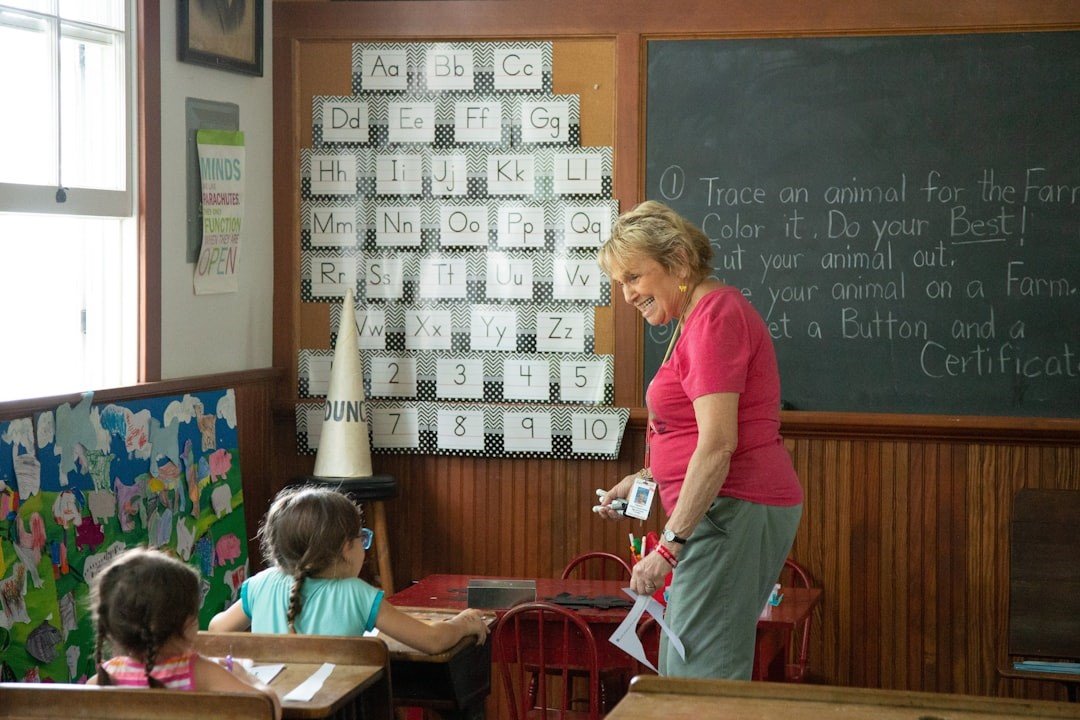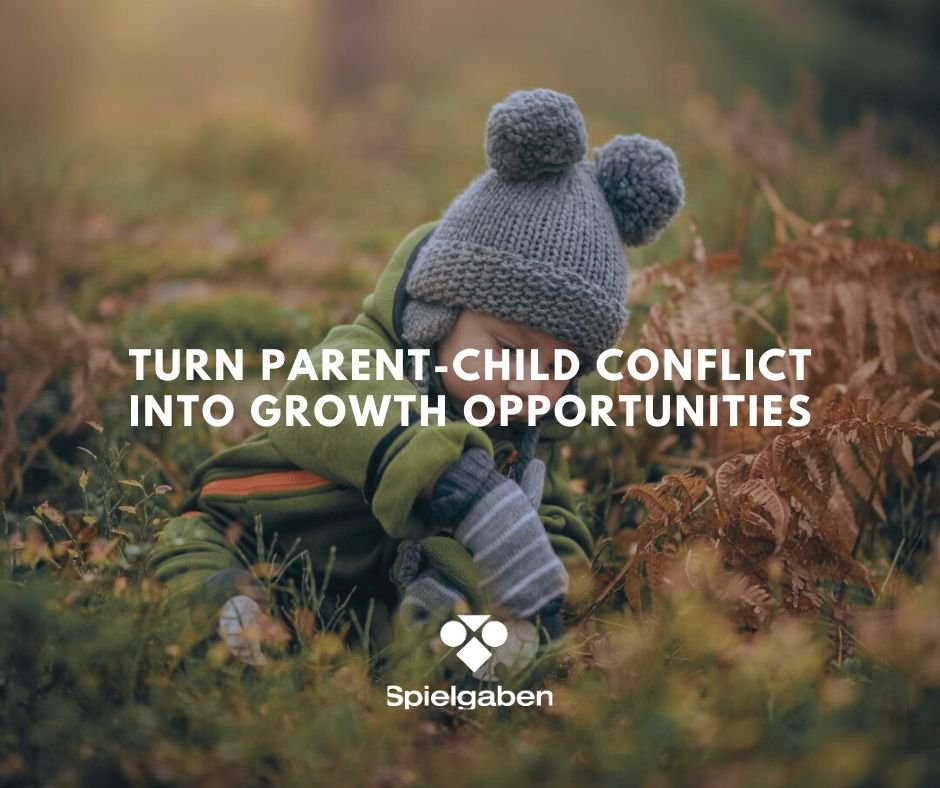Less Is More
Jack of All Trades; Master of None: That old phrase is still just as relevant today as it was when it was first uttered hundreds of years ago. The concept that someone can possess a large amount of surface knowledge about a variety of topics, and deep knowledge about none is an interesting concept to be sure.
While many people think that having a great deal of knowledge about a variety of topics is a good idea, it is the second half of the phrase that warrants a closer look. The “Master of None” implies that while someone may know a lot of things on the surface level, they truly do not possess real knowledge, or have deep mastery of any of them.
Think about this in terms of academics. Is it not indeed better to possess deep learning which is flexible, and cognitively superior to surface learning? Yes, it is good to have a wide variety of interests and a lot of general knowledge, but isn’t it better in the long run to have mastery of a few items as well?
What does this have to do with me and my child?
Think about your child’s toy closet. It is most likely filled with a large variety of toys. Your child may play with all of the toys in their closet or toy chest once in a while, or for short periods of time. How many of those toys though do you feel like they truly understand, and learn from? In most instances, children play with a toy for a few minutes, quickly become bored, and then move on to the next item in their toy box.
The Jack of All Trades concept can be equated to the idea of “less is more”. In many instances, it can be an excellent idea to limit the amount of materials presented to a child so that they have a chance to gain true mastery over them. Given a large assortment of toys, children will naturally flit from one toy to another never really receiving the full benefits that any of the toys has to offer.
If a child spends a few minutes here and there with a toy, or any materials for that matter, they develop a surface knowledge of the skills needed to just play at the basic level. They do not have the opportunity to develop a deeper understanding of the nuances of the game or toy. They do not learn the critical thinking that comes with regular play and familiarity with the toy.
On the other hand, by limiting the amount of toys your child has, you are providing them with the opportunity to become fully involved with the toy, gaining maximum benefits and learning. Purchasing fewer toys gives your child the opportunity to deeply explore the concepts involved with their toys, and to look for ways to modify their play. Creativity is heightened as they discover the nuances within the materials, and find new ways of playing with the same materials. All of these are important for higher level thinking skills and for critical thinking. For this reason, less is more when it comes to purchasing toys for your children.
You may think that you are doing something good for your child by buying every new toy on the market for them. Instead, what you are doing is encouraging an atmosphere where quick boredom is the norm. You are indeed depriving them of the opportunity to make the most of what they have, stifling their creativity and keeping them from maximum learning. (not to mention spending a small fortune!)
Benefit of Open Ended Resources
Keeping the “less is more” ideal in mind, it makes good sense then that the toys you do purchase for your children are going to grab and keep their attention. Buying fewer toys is not a strategy that will work if your child does not like the toy, or if it is limited in its purpose. If you choose toys with a single purpose, children will naturally become bored with it after a short time.
The toys that you do buy should be engaging and attractive to children. They should also serve to develop the deeper understanding referred to earlier. A toy like the Spielgaben is exactly the type of toy that fits that bill. It is brightly colored and visually appealing, and speaks to the creative nature of children.
You cannot expect your child to play with a toy over and over again if it only has one purpose and one way to play. Instead, think about purchasing toys for your child which can be used repetitively, and in different ways. Children become easily bored with toys that are limiting in their purpose. Single use toys are things like electronic devices, puzzles and Legos. Although Legos are considered to be an open-ended toy by many people since children do have the freedom to design whatever they want, they are not truly an open ended toy because they can only be used for one purpose. Truly open ended toys are those which can be used for a variety of purposes, and can be used differently each time a child plays with them. These toys may only be used in one manner, and children can quickly become bored with them after they have exhausted all of their possibilities.
The more complex a toy is, the more limiting it typically is. For instance, electronic toys have play that is directed by the toy itself. You push a button, and something happens that is predetermined by the toy itself. In opposition to that, simpler toys leave the play up to your child. The child is the one that determines how the toy will be used. Creative play and free exploration are more highly encouraged with simple toys.
The benefits of simple and open ended toys are almost endless. Some of the benefits include:
- Open ended toys encourage creativity
- The can be used in multiple ways for multiple purposes
- More cost effective (more about that later!)
- Grow with your child
- Serve different purposes for different aged children
- Allow your child to assign their own interpretations, not those of a toy manufacturer
- Allow children to experience cause and effect
- Allow children to manipulate and experiment with results
- Encourage rich oral language
How are these types of toys more cost effective?
If you are considering the purchase of ar high quality wooden toy, you may hesitate because the cost can be more than that of plastic toys or toys made from other materials. If you stop and think about the big picture however, you will realize that purchasing a more expensive high quality, well made open ended toy is much more economical in the long run.
First of all, these higher quality toys will last much longer than their cheaply made counterparts. It is much more economical to buy one more expensive item than to buy a cheaper item over and over again. High quality wooden toys are designed for years of play. The materials are sturdy and heavy duty. Wooden toys have been known to last for generations!
Secondly, an open ended toy will grow with your child. Unlike a single purpose toy that quickly outgrows its usefulness; an open ended toy can be used by children at different ages in different manners. An open ended toy will grow with your child, thereby eliminating the need to constantly purchase new toys for your child as they grow older. Many toys are only appealing to children of a certain age group. Toys that are open ended are designed to appeal to and benefit children of all ages, since their play will vary depending upon their developmental levels. They are perfect additions to your toy closet, and to the theory of less is more.
This is not a toy that will just take up valuable space in your closet. It is a valuable learning tool that will grow with your child, without the need to purchase additional pieces or add-on sets.
Many single purpose toys can be modified with the purchase of additional materials because they are limiting in their original form. This is not true with a high quality open ended toy, thus saving money.
Academic and Cognitive Benefits
When your child is given the opportunity to develop deep understanding of a subject or material, they make huge cognitive gains. Children that have surface, or rote, knowledge never develop true understanding. They can never apply their knowledge to new situations because they have not synthesized it. They can only apply their knowledge in a given way in a given situation.
When children are exposed to open ended learning, they gain depth of knowledge. Their creative abilities soar, as does their mental flexibility and problem solving ability. All of these gains are a direct result of limiting the amount of materials a child is exposed to. There is a great deal of long term merit and educational benefit in approaching the toy chest with a less is more attitude!
And then there is the environment
This is one area where we can all agree that less is more. Our landfills are filled with useless trash that will never decompose. Plastic toys are not nearly as long lasting as wooden ones. They break easily and frequently, and once they break they are unusable. This creates a need for parents to go out and buy replacement toys. This, again, becomes a financial issue. Additionally, it is an environmental one.
Wooden toys last much longer than ones made from plastic, or other manufactured materials. They do not break as often, thereby relieving the need for the purchase of replacement toys. This not only saves money, it also helps to save our environment. You will not need to worry about contributing to our landfill problem when you buy high quality, open-ended toys!
When children are truly given the opportunity to interact with their toys and play materials, they will reap the greatest educational benefits and long term rewards. One of the best and easiest ways that this can be accomplished is not by purchasing more toys for them, but actually fewer. Giving your child the gift of truly interacting with their toys for educational gain is one of the greatest gifts that you can give them.
Stop thinking about how many different toys you would like to buy for your child, and instead focusing on the quality of the toys that you are buying for them instead. Ask yourself a few simple questions before you buy:
- Are there educational benefits to this toy?
- Will my child be interested in this toy for an extended period of time?
- Will this toy be beneficial to my child as they grow?
- Will this toy appeal to my child as they grow?
- Am I getting the most “bang for my buck” from this toy?
- Is this a toy that is going to simple take up space in my child’s toy box?
- Will they tire of it after a few uses?
- Will I need to purchase add on sets to keep the toy interesting?
- Is this toy made from high quality materials so that I do not have to replace it frequently?
After evaluating the answers to these questions, you will know if the toy you are considering passes the “less is more test”.
Do not be afraid to limit your child’s toy choices. Just remember that you are actually doing them a favor by doing this!













LEAVE A COMMENT